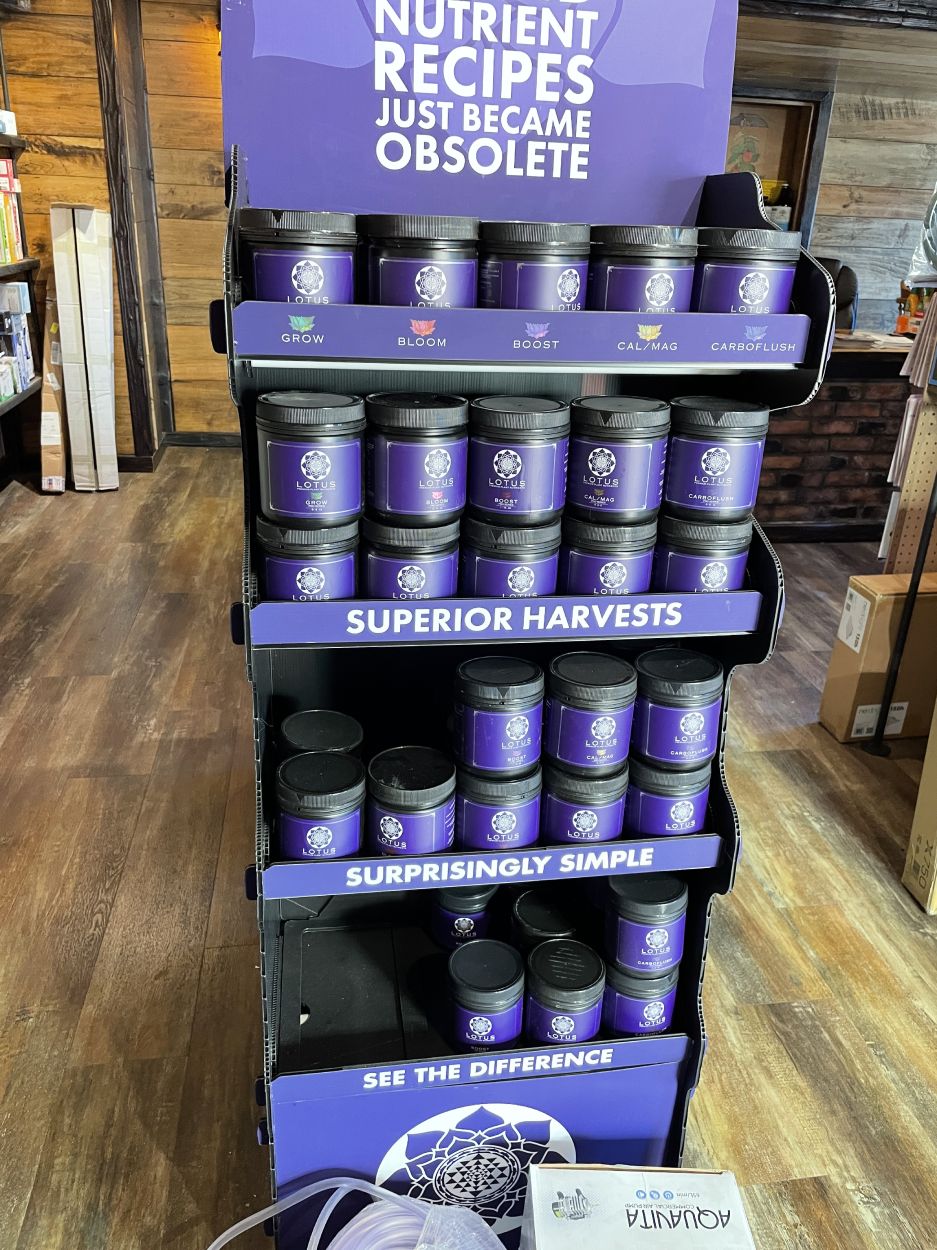The Indoor Earthworm : A Comprehensive Overview
The Indoor Earthworm : A Comprehensive Overview
Blog Article
The Ultimate Guide to Hydroponic Solutions and Techniques
In the globe of contemporary agriculture, hydroponic systems have actually become an innovative approach for cultivating plants without soil. The meticulous equilibrium of water, nutrients, and light in hydroponic setups supplies an appealing alternative to standard farming practices. As we uncover the details of hydroponics in this detailed guide, we will browse with the different kinds of systems, discover the vital nutrients vital for plant development, and dive into advanced strategies that can considerably boost yields. What takes place when common problems emerge in hydroponic systems? Stay tuned to unwind the troubleshooting techniques that can make or damage an effective harvest.
Advantages of Hydroponic Equipments
Hydroponic systems supply a wide range of advantages, consisting of efficient resource utilization and accurate nutrient shipment to plants. By providing a regulated atmosphere for plant development, hydroponic systems make it possible for optimum water and nutrient use, leading to higher returns contrasted to conventional soil-based cultivation. This performance not only conserves resources yet also decreases waste, making hydroponic systems eco-friendly.
Additionally, the accurate shipment of nutrients in hydroponic systems enables personalization based upon the certain requirements of each plant variety. This targeted approach makes sure that plants get the appropriate equilibrium of necessary nutrients, advertising healthier development and minimizing the danger of nutrient shortages or discrepancies. Furthermore, the capability to keep track of and readjust nutrient levels in real-time maximizes plant efficiency and total plant high quality.
Moreover, hydroponic systems eliminate the demand for herbicides and pesticides, as the closed-loop system lowers the threat of bugs and diseases that are commonly discovered in soil-based agriculture - The Indoor Earthworm. This not just profits the plants and the atmosphere but additionally contributes to producing cleaner, much healthier crops for usage
Sorts Of Hydroponic Setups

Nutrient Movie Strategy (NFT) uses a shallow stream of nutrient option moving over the plant origins, providing a continuous supply of nutrients. Drip systems entail trickling a nutrient service onto the plant roots, supplying precise control over feeding.
Each kind of hydroponic arrangement has its advantages and is suited to various plant selections and development stages. Recognizing the distinctive attributes of these systems can help hydroponic growers select the most suitable setup for their details needs and preferences.
Essential Nutrients for Hydroponics
In hydroponic systems, plants count on a precise balance of crucial nutrients to thrive and expand successfully. These important nutrients are critical for various plant functions such as photosynthesis, root growth, and general development.
In addition to macronutrients, plants likewise require second nutrients like sulfur, calcium, and magnesium, along with micronutrients look at these guys such as iron, copper, zinc, and manganese (The Indoor Earthworm). These nutrients are important for ensuring that plants have all the necessary foundation to carry out crucial biological processes

Advanced Techniques for Optimum Yield
To attain optimal yields in hydroponic systems, farmers can apply advanced methods that improve plant development and productivity. One such method is using supplemental lighting. By offering man-made lights such as LED or high-pressure salt lights, farmers can extend the number of light hours plants receive each day, promoting faster growth and enhanced returns. Another advanced technique is the implementation of CO2 supplementation. Enhancing the levels of co2 in the growing environment can stimulate photosynthesis and increase plant development significantly. Additionally, employing strategies like plant training and pruning can help maximize light circulation and air movement, making certain that all components of the plant get sufficient light and nutrients. Utilizing automated systems for nutrient delivery and tracking can aid preserve optimal nutrient degrees, lowering the danger of deficiencies or imbalances that can impede plant growth. By integrating these innovative methods right into their hydroponic systems, farmers can maximize yields and accomplish plentiful harvests.
Troubleshooting Common Hydroponic Issues
One common issue is nutrition deficiencies, where plants lack essential elements for healthy and balanced growth. Keeping the right pH variety particular to the plant being find more information grown is vital for optimum nutrient uptake. By immediately determining and dealing with these common hydroponic concerns, cultivators can preserve healthy and balanced plants and make best use of yields in their hydroponic systems.
Final Thought
In verdict, hydroponic systems provide countless benefits for expanding plants efficiently. With cautious preparation and attention to detail, hydroponic systems can change the way plants are grown, leading to more productive and sustainable farming techniques.
By offering a regulated environment look at more info for plant growth, hydroponic systems make it possible for optimum water and nutrient usage, leading to higher returns contrasted to conventional soil-based farming. The Indoor Earthworm. Nutrient Movie Technique (NFT) uses a superficial stream of nutrient remedy flowing over the plant roots, offering a consistent supply of nutrients. Surveillance and adjusting nutrient levels based on plant growth phases is critical to preventing nutrition shortages or poisonings and maximizing plant efficiency in hydroponic systems
Additionally, employing strategies like plant training and pruning can assist enhance light circulation and air movement, making sure that all components of the plant obtain sufficient light and nutrients. Using automated systems for nutrient shipment and tracking can assist preserve ideal nutrient levels, decreasing the risk of deficiencies or imbalances that can hinder plant growth.
Report this page